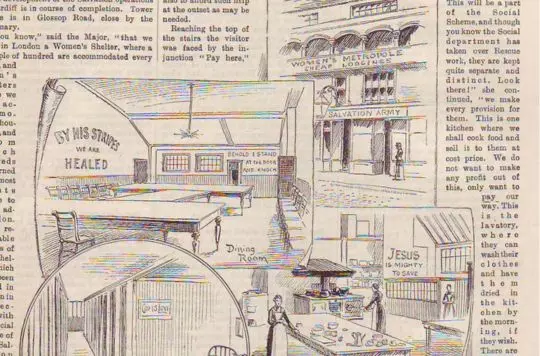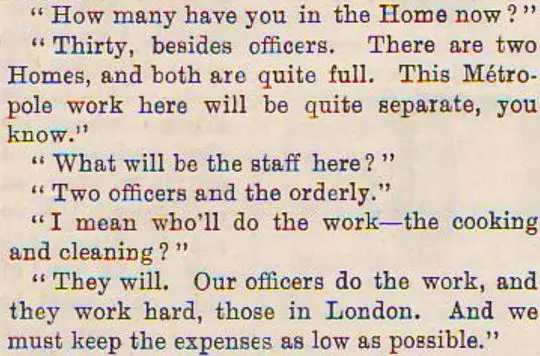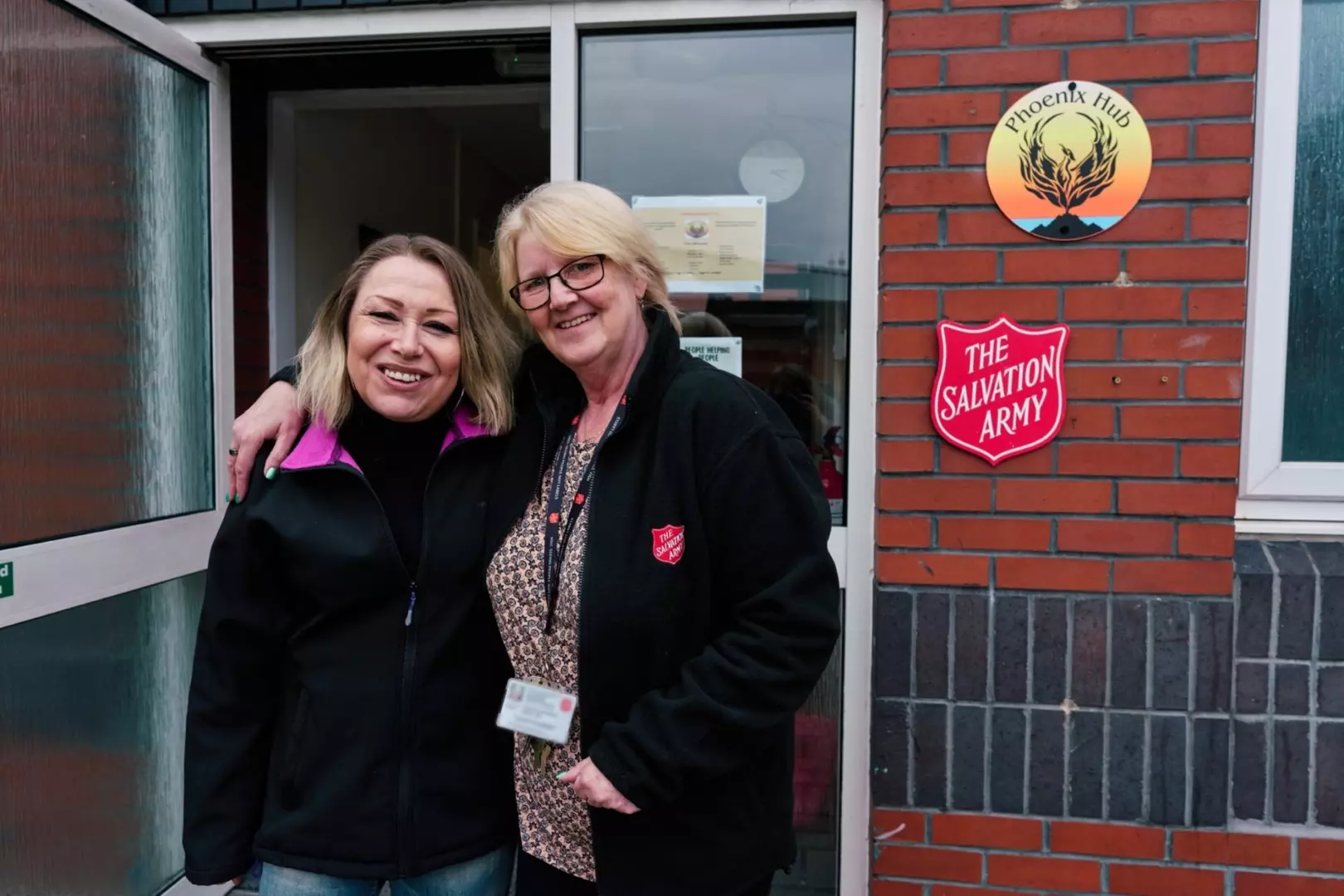Record Wales Homelessness shows history is repeating itself
published on 5 Sep 2024
New figures from Statistics Wales show that homelessness in Wales has risen to its highest level since records began in 2015. More than 13,000 households were assessed as homeless last year by councils, an increase of 8% on the year before.
The latest numbers come less than a year after a White Paper was published outlining how the Welsh Government plans to end homelessness.
Andrew Connell, Policy Manager for The Salvation Army, said:
“This year marks 150 years of The Salvation Army in Wales, which means a century-and-a-half of working alongside people facing homelessness. It’s very disappointing to see the number of people who are experiencing homelessness in Wales going up again. Let’s not wait another 150 years to ensure everyone in Wales has a safe and stable home.
“To end the cycle of homelessness more work is needed to prevent the problems that lead to homelessness happening in the first place. The Welsh Government’s White Paper is a step in the right direction. However, both the Westminster and devolved governments must address the shortage of affordable housing stock, especially social housing, so that people on low incomes who are trapped in unsuitable temporary accommodation can look forward to a stable home and be able to afford to stay there.”

History repeating itself
In 1886 The Metropole lodging house opened as one of The Salvation Army’s earliest large-scale projects in Wales to address poverty. The work there focussed solely on women in the city and is detailed in a recently discovered article from a few years later in one of The Salvation Army’s newspapers at the time, The Deliverer.
Salvation Army archives reveal that the lodging house on Moira Terrace catered for those ‘somewhat above the very poorest but who are not less in need of cheap food and shelter’. Its facilities included small bedrooms, a wash basin, lavatories and well-equipped kitchens. The rooms cost sixpence a night or fourpence a night for a shared dormitory.
Today Salvation Army Lifehouses still regularly accommodate and support women experiencing homelessness. Women account for around 15%-20% of individuals accommodated at any given time.

Catherine Docherty, Area Operations Manager – Wales and West England, for The Salvation Army, said:
“Although we no longer operate services for 'women only' in Wales, our shared Life Houses, community and outreach projects still work with a wide variety of women and families experiencing challenging times. Like the work of the Metropole all those years ago, ensuring the people who live with us feel safe is essential to our ethos in helping people feel secure, supported and able to rebuild their future.”
Steven Spencer, Director of The Salvation Army’s International Heritage Centre, where the article was discovered, said:
“It’s rare to have such a detailed report from so long ago and it is an important part of our archive. The article in ‘The Deliverer’ from all those years ago came to light recently and is a poignant reminder that shelter has always been a basic human need. Everyone should have access to a proper home today in our relatively affluent society compared to Victorian Wales.”
